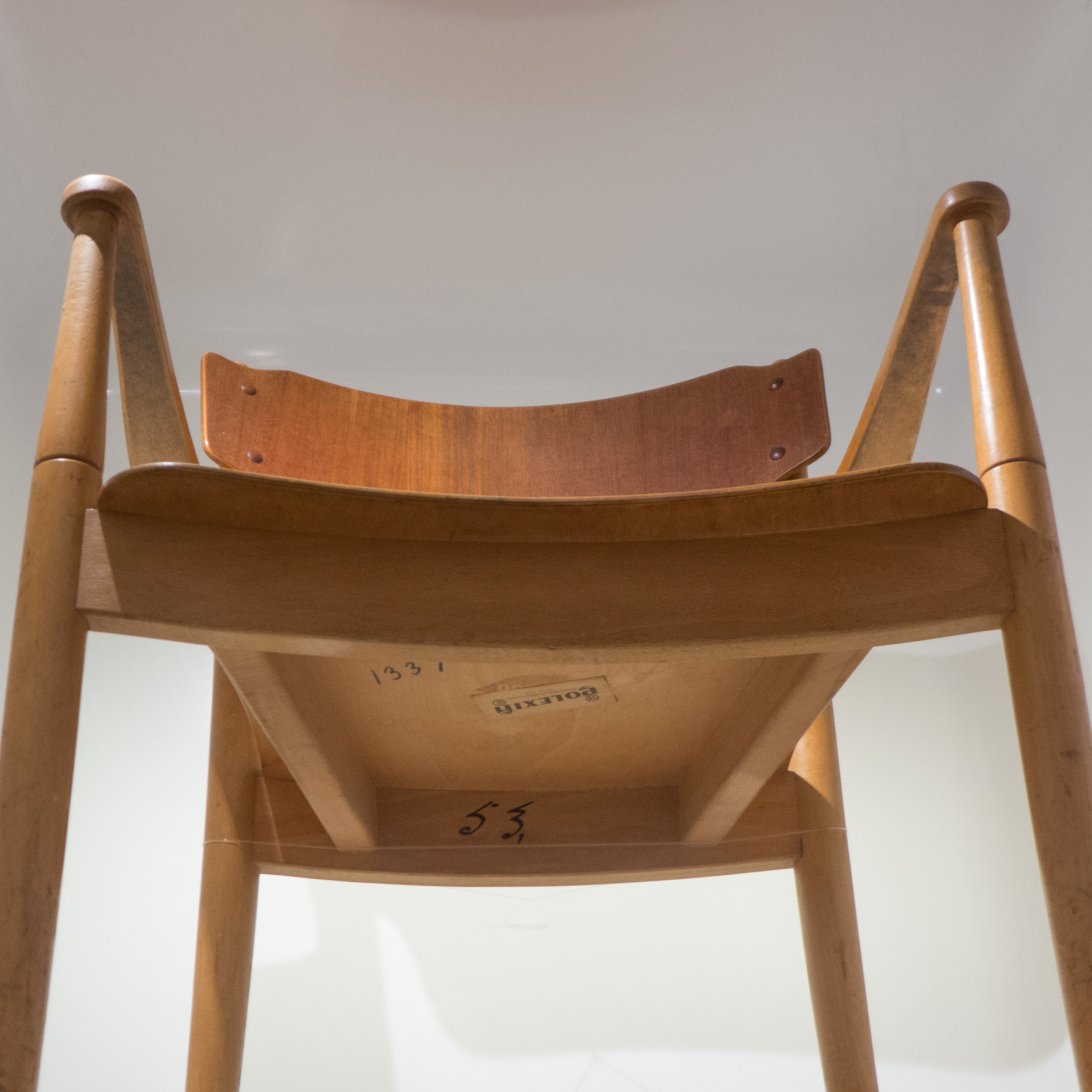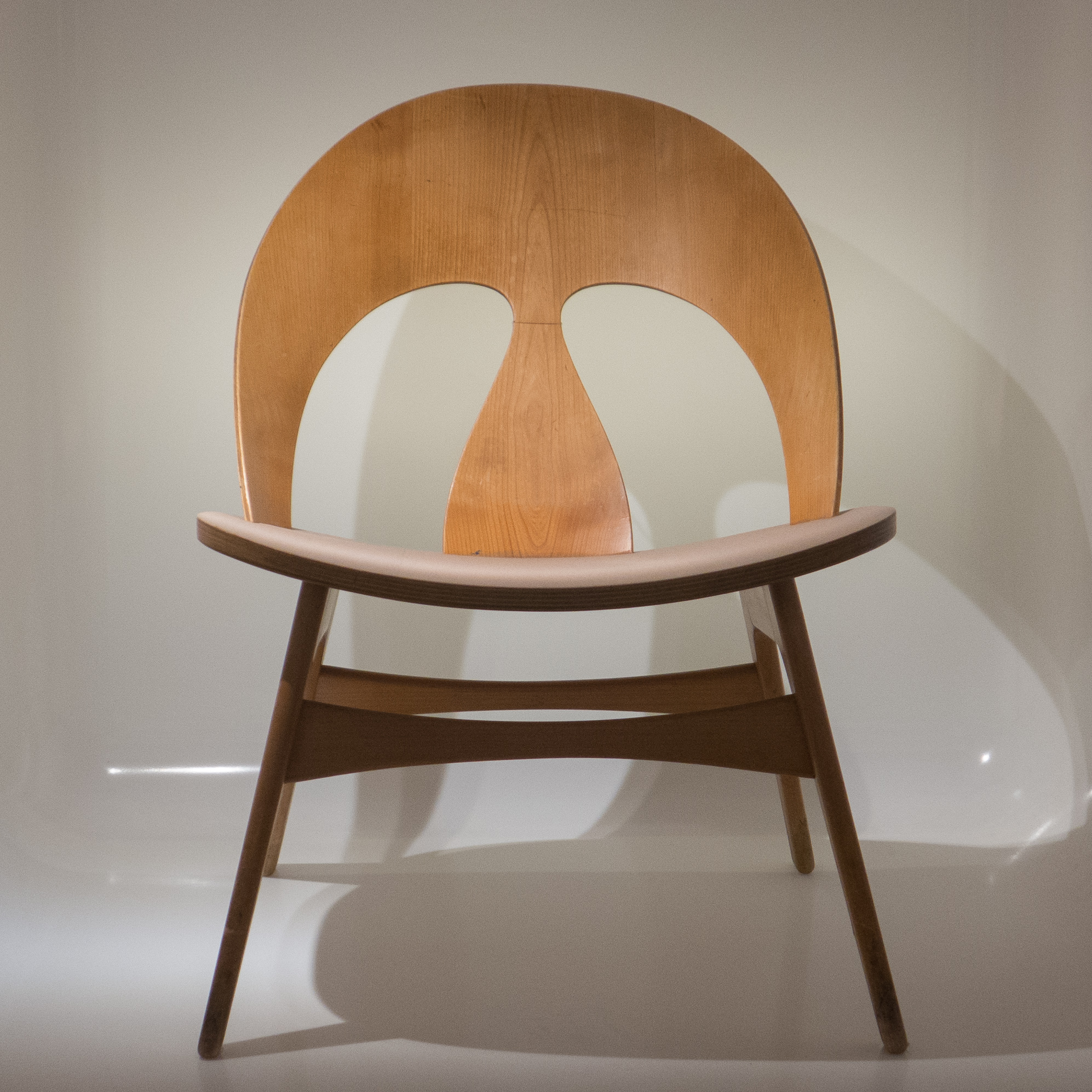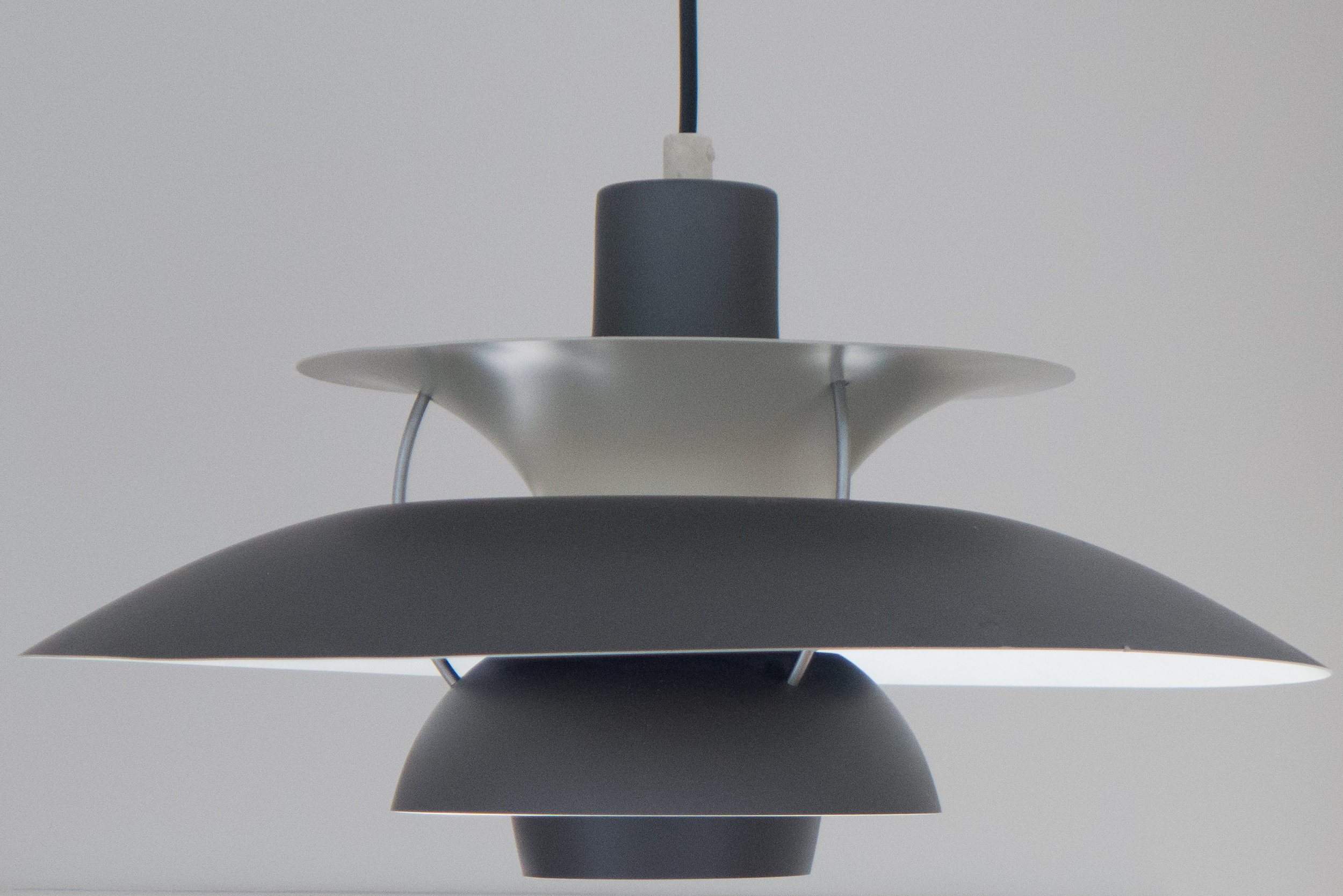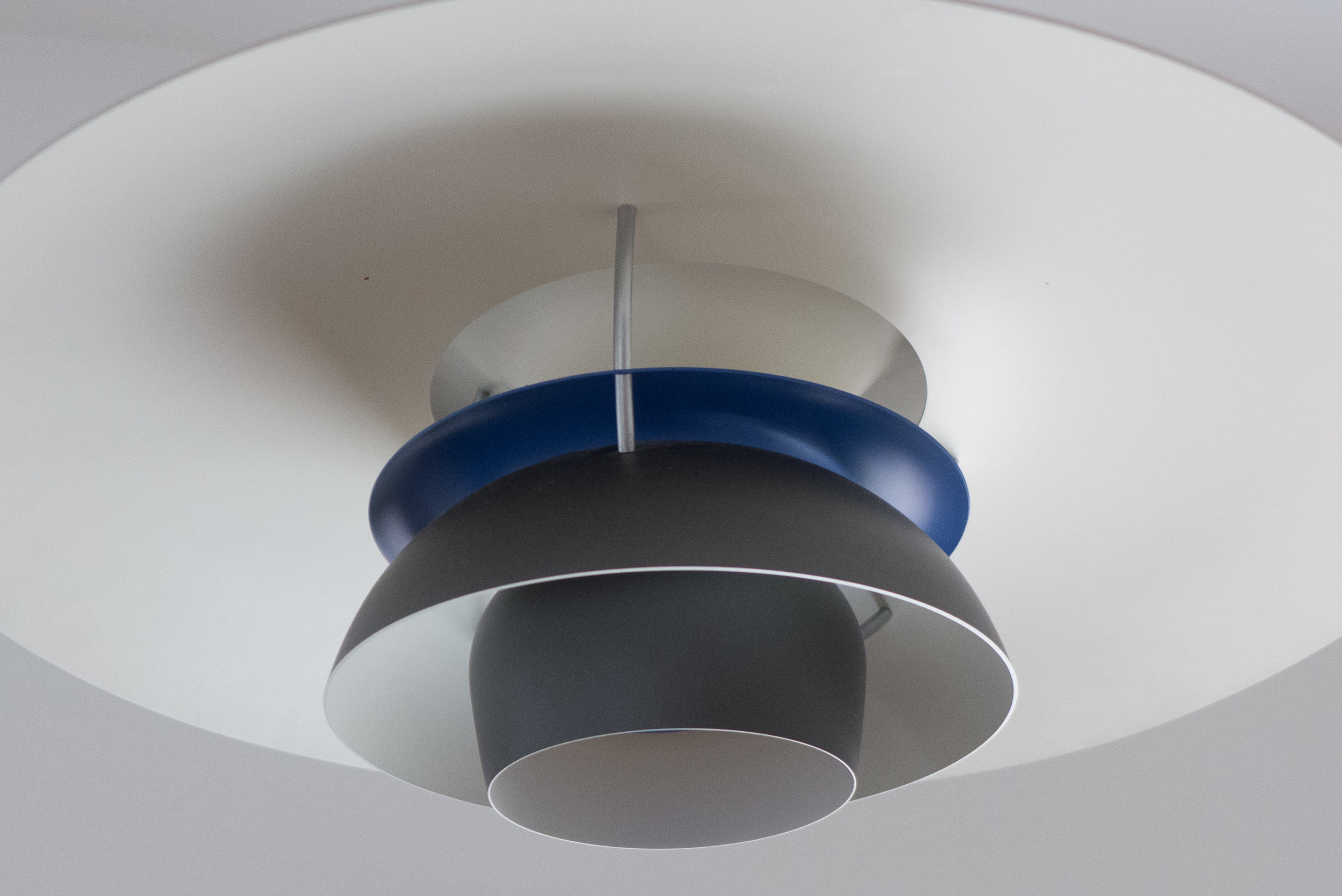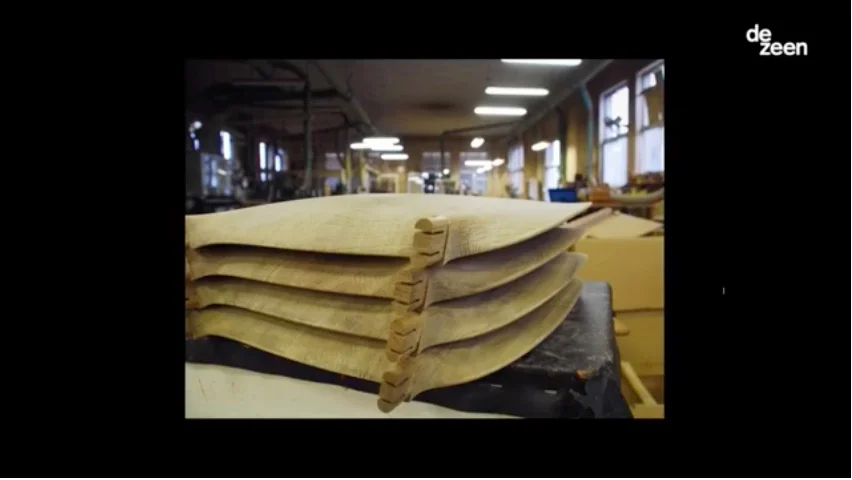plywood for furniture in the 1940s
/There is an interesting group of chairs in the gallery at Designmuseum Danmark - most dating from the 1940s - that show how Danish designers and furniture makers experimented with using plywood.
Through the 1930s there was pressure on Danish furniture manufacturers to produce cheaper furniture, in part by moving production from the small workshops of the cabinet makers to factories and in part by exploiting new materials and by developing new production techniques for making more furniture in quantity.
Plywood could be produced with timber from relatively thin and relatively quick-growing trees and the sheets were light and easy to cut to shape; could be bent to a curve and, when pinned or glued over a wooden frame, plywood could be used for facing large cupboards or for the bottoms of drawers.
A patent was taken out in the 1790s for making a thin board of wood from layers of veneer that were stuck together with glue but the veneer was cut by hand and relatively rough although strong … alternate sheets of veneer are turned through ninety degrees so that the natural grain runs first along and then across, so the final board has considerably more strength than a comparable thickness cut from a single piece of timber.
Plywood was not produced on an industrial scale until the 1860s and the word plywood is recorded first in print in the US in 1917.
Thonet in Vienna in the second half of the 19th century made light-weight chairs with steam-bent frames that had seats with either woven cane or just a simple round piece of plywood that dropped into a rebate in the frame that formed the seat. Front legs and back posts were bolted to the seat frame and a second steam-bent hoop of wood was fixed just below the seat, instead of stretchers, to hold the legs vertical and again this was bolted or screwed in place. By using screws or bolts - rather than the traditional mortice-and-tenon joins of the cabinetmaker - the chairs could be shipped as separate parts and then assembled on delivery by someone with just basic skills.
By the late 1930s and through the war - through the 1940s - good timber for making furniture was expensive and not readily available so plywood was used, with a light frame, particularly for wardrobes or cupboards. In England this was often referred to as utility furniture.
From the 1920s furniture makers began to shape and bend plywood into more complicated and curved shapes. It was used in the construction of aeroplanes and - before glass fibre and plastics were developed - for the bodywork of cars and marine plywood, using water resistant glue to bond the layers, was used to build boats.* If the glued layers are held under pressure in a shaped former or mould as they dry, then the piece retains that curve or shape after it is removed from the former.
In Finland, Alvar Alto designed furniture in the late 1920s and early 1930s where a plywood seat and back in a single piece was bent into an elaborate and sinuous curve and in the United States, in the early 1940s, Charles and Ray Eames designed the first chairs where plywood was curved in two planes to form a complex shell.
note:
* I was taught to sail in a small dinghy - a Mirror - made in the school workshops from a kit with parts in marine plywood stitched together with wire and with the joins covered with tape. They were designed in 1962 with Barry Bucknell - a TV DIY expert. Over 70,000 were made and many raced. Bucknell lived in St Mawes - a beautiful fishing village in Cornwall - with his house looking over the beach so I guess that was where the link between sailing and TV DIY could be found. I'm not sure that design is exactly the right word as out on open water it felt a bit like being in a floating wardrobe. The dingy took its name from the British daily newspaper although I can't remember why … perhaps they published the drawings. The only excuse for including a footnote on Bucknell in a blog about Scandinavian design is that in his TV series he showed people how to do things like disguise an old door that had sunk panels by covering it with sheets of plywood - or worse with hardboard - to create a clean Scandinavian look …… on the cheap. At it's peak, his weekly TV show had 7 million regular viewers so the sort of numbers that style bloggers now dream about.









